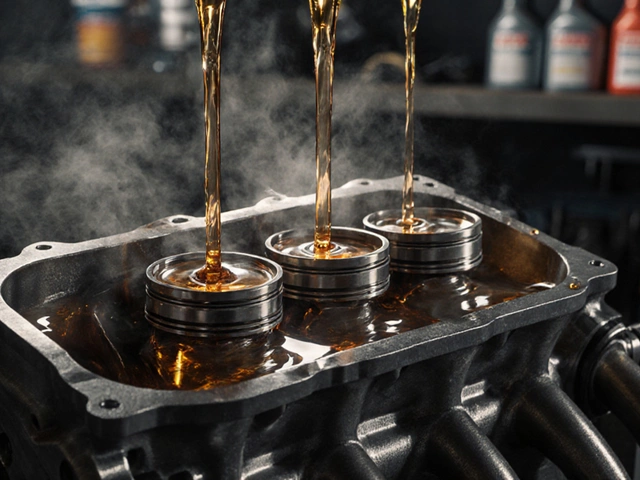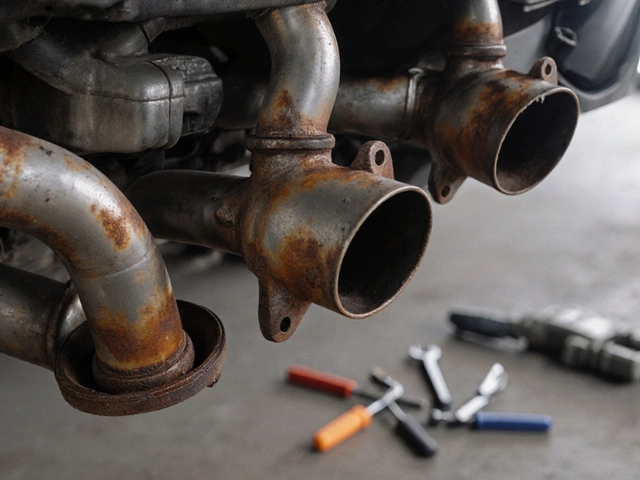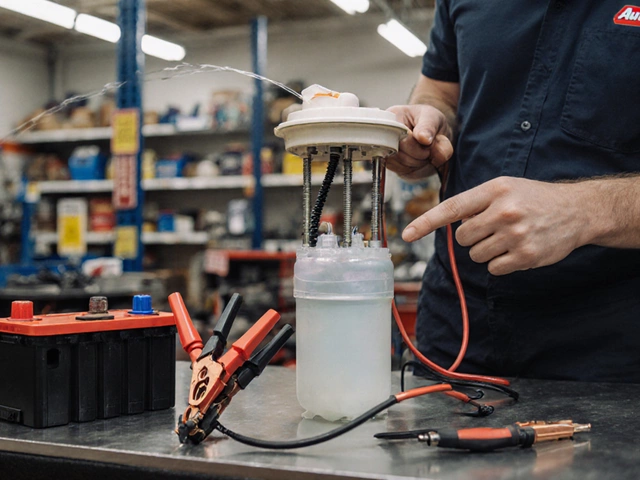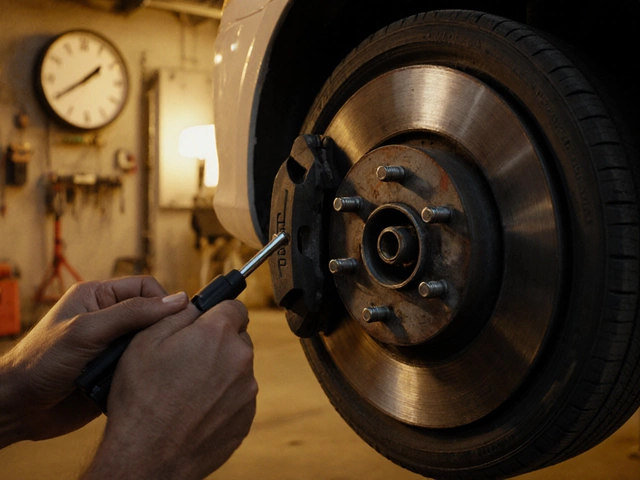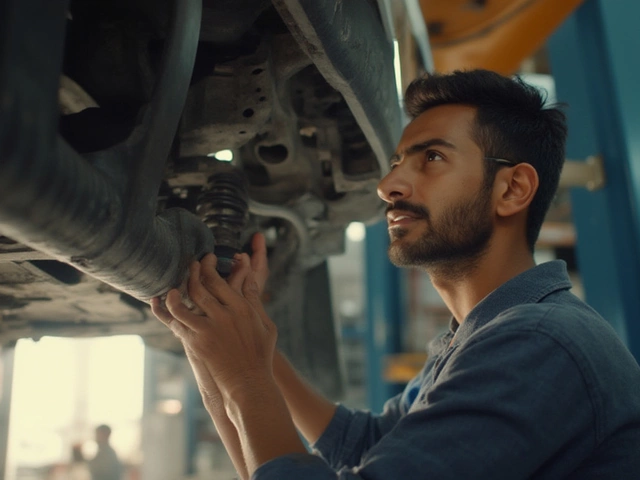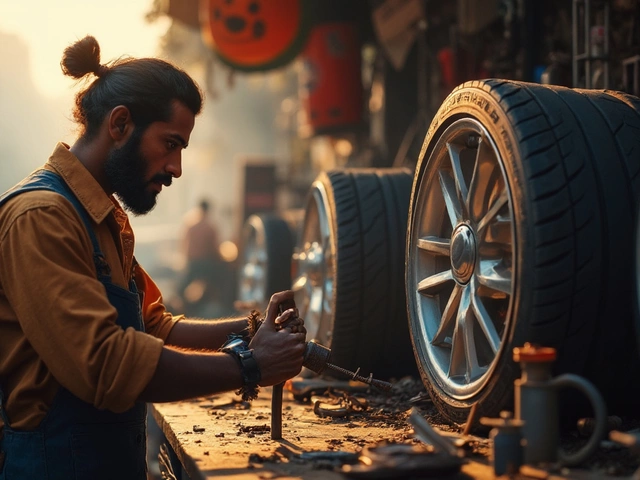Worn Shock Absorbers: Signs, Risks, and When to Replace Them
When your worn shock absorbers, damaged or degraded components that control how your tires stay in contact with the road. Also known as bad shocks, they’re the most common suspension failure drivers ignore until it’s too late. You might not feel it right away, but every bump you ride over is slowly stealing control from your car. Shock absorbers don’t just make your ride smoother—they keep your tires planted during braking, turning, and sudden stops. Without them working right, your car becomes unpredictable, especially in rain or on uneven roads.
Think of them as the silent guardians of your tires. When they fail, your suspension problems, a group of issues that affect how your car handles bumps, corners, and braking don’t just get worse—they turn into safety risks. A study by the National Highway Traffic Safety Administration found that vehicles with worn shocks take up to 20% longer to stop at 60 mph. That’s like adding a full car length to your stopping distance. And it’s not just braking. Worn shocks cause your tires to bounce, leading to cupping, uneven wear, and premature tire replacement. You’re not just paying for new shocks—you’re paying twice for tires you didn’t need to replace.
It’s not just about comfort. If your car bounces after hitting a bump, leans hard in turns, or feels floaty on highways, those are clear signs your shock absorber replacement, the process of installing new shocks to restore proper handling and safety is overdue. You might also notice the front end diving when you brake, or the rear squatting when you accelerate. These aren’t normal—they’re warnings. And if you’ve ever driven on a bumpy road and felt like your car is sliding or skipping, that’s your suspension screaming for help.
What makes worn shocks so dangerous is how sneaky they are. Unlike a flat tire or a broken belt, there’s no warning light. You don’t hear a clunk until it’s too late. Most people only realize something’s wrong after they’ve been driving like this for months—or even years. And that’s why so many drivers end up replacing not just shocks, but also tires, struts, and even steering parts because of the extra stress.
Replacing worn shocks isn’t a luxury. It’s basic vehicle maintenance, like changing oil or checking brakes. And the good news? It’s not always expensive. Many shops can swap them out in a few hours. You don’t need to buy name-brand parts to get safe, reliable performance—just quality replacements that match your driving needs.
Below, you’ll find real-world guides on spotting worn shocks, understanding the risks of driving with them, and deciding when to replace them—no jargon, no fluff, just what actually matters for your safety on the road.
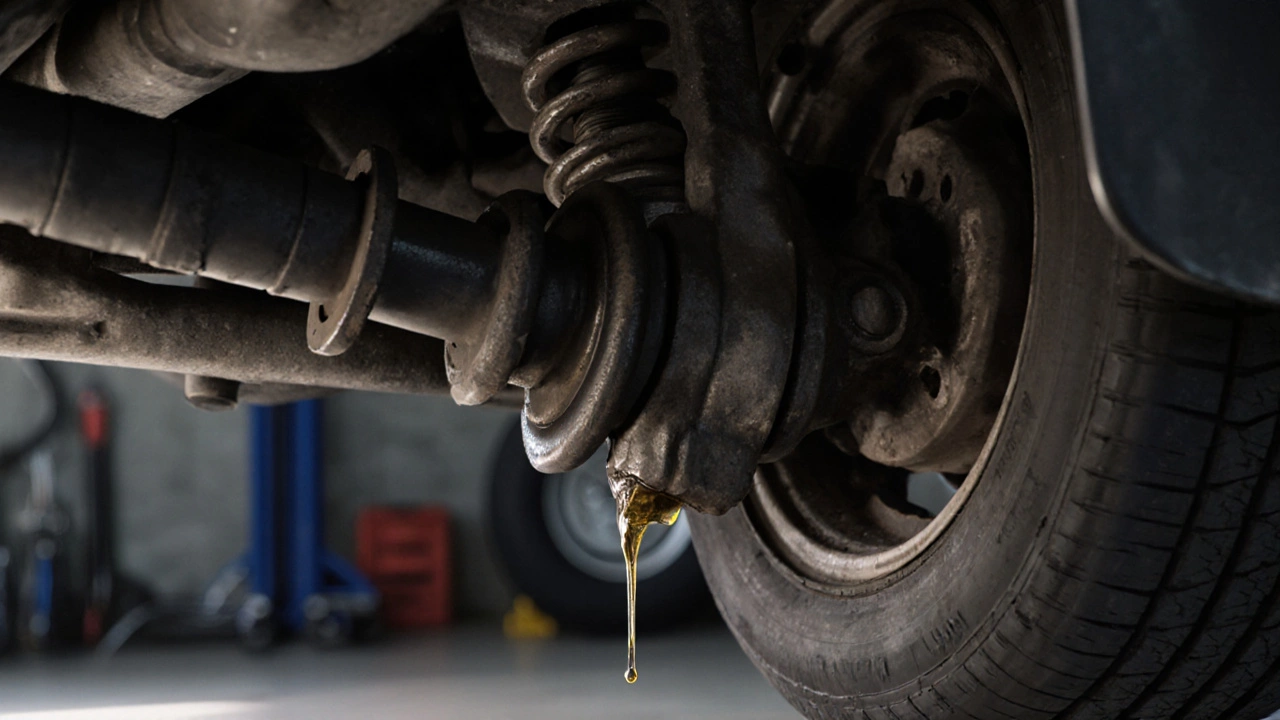
What Sound Does a Car Make When Shocks Are Bad?
Bad shocks make loud clunks, thumps, and rattles when driving over bumps. These sounds mean your car's suspension is failing-leading to longer stops, uneven tire wear, and dangerous handling. Don't ignore the noise.
CONTINUE READING
